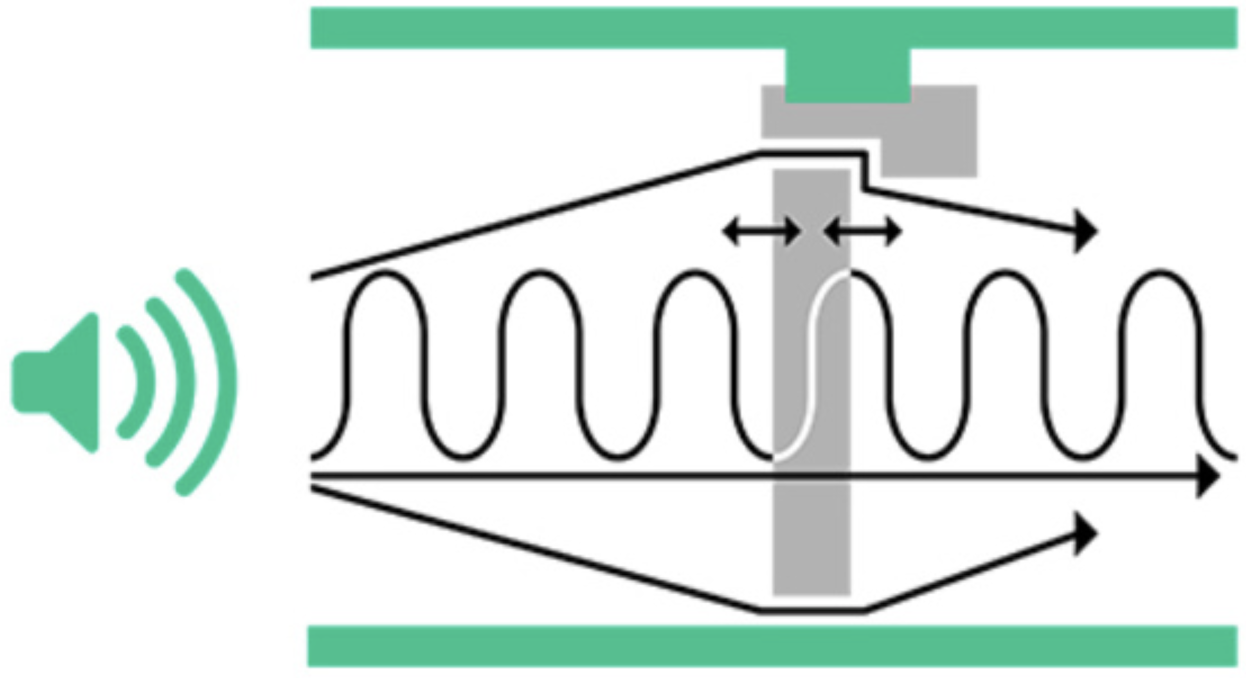Acoustic Sealing: A Definition
Acoustic Sealing otherwise referred to as an Acoustic Seal is the process of creating a barrier or seal between two spaces to prevent the transmission of sound or noise. Fire Door Seals and Fire Batt are effective Acoustic Seals. Using materials that are specifically designed to reduce sound transmission by absorbing or blocking sound waves. Situations where noise reduction holds significance, such as in buildings, acoustic sealing can be employed to minimize noise transmission between rooms, floors, or walls. Furthermore, Acoustic Seals are used to establish a soundproof environment in various settings.
Buildings Acoustic Seals are used, include:
- Offices: Transmission of sound from corridor to room and room to room, as well as between meeting rooms and conference rooms.
- Industrial environments: Separation between factory floors and offices.
- Residential apartments: Transmission from one flat to another, room to room, and from flats to corridors/stairwells, etc.
- Medical facilities: Separation between consultation rooms, wards, and corridors.
- Art & Performance: Sound isolation in music rooms, theaters, and recording studios.

Why is acoustic sealing required?
The requirements for sound insulation in buildings are outlined in Approved Document Part E of the Building Regulations in the UK.
The need for acoustic sealing arises in the UK to minimize the amount of noise transmission between adjacent rooms or between a room and the outside environment. Various reasons contribute to the requirement for acoustic sealing, including noise pollution originating from traffic, industrial activity, and other sources. Additionally, buildings situated near airports, railways, and busy roads are subjected to high levels of noise, which can result in disturbance and impact the health and well-being of occupants.
Furthermore, the building regulations in the UK dictate that certain standards for sound insulation must be met in new buildings to ensure that occupants are not exposed to excessive noise levels. These regulations stipulate the minimum standards for sound insulation between walls, floors, and ceilings in different types of buildings, encompassing residential, commercial, and industrial structures.
The process of acoustic sealing aids in the prevention of sound passage through gaps in doors, windows, and walls, making it an integral component of sound insulation in buildings. By reducing the extent of noise entering or exiting a room, acoustic sealing contributes to the creation of a more comfortable and productive living or working environment for occupants.
How is it carried out?
Builders and contractors use Fire Batt, Mastic and Fire Door Acoustic Seals to achieve acoustic ratings.
Fire batt and mastic, in addition to possessing fire-resistant properties, are highly effective soundproofing materials, rendering them ideal for acoustic sealing. They assist in the reduction of noise transmission between rooms and between the interior and exterior of a building. Similar to its capacity for filling gaps to prevent smoke and air passage, fire batt and mastic can be utilized to achieve the same for sound.
Through the filling of cavities and the sealing of gaps and joints, fire batt and mastic aid in diminishing the transmission of sound between rooms and between the interior and exterior of a building. This not only enhances the sound insulation of a building but also improves the overall acoustic performance of the structure.
How is it carried out?
To fulfill these requirements, the adoption of fire batt and mastic as acoustic sealing materials is increasingly being embraced by builders and contractors.
Fire batt and mastic, in addition to possessing fire-resistant properties, are highly effective soundproofing materials, rendering them ideal for acoustic sealing. They assist in the reduction of noise transmission between rooms and between the interior and exterior of a building. Similar to its capacity for filling gaps to prevent smoke and air passage, fire batt and mastic can be utilized to achieve the same for sound.
Through the filling of cavities and the sealing of gaps and joints, fire batt and mastic aid in diminishing the transmission of sound between rooms and between the interior and exterior of a building. This not only enhances the sound insulation of a building but also improves the overall acoustic performance of the structure.

